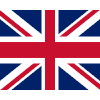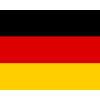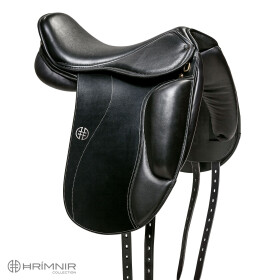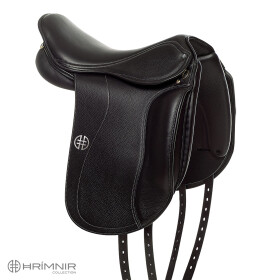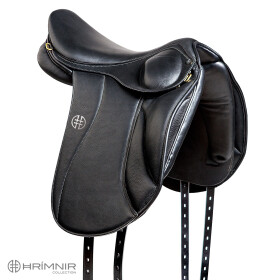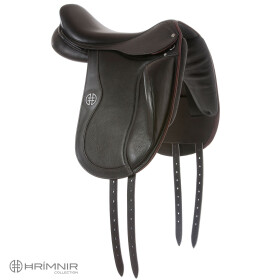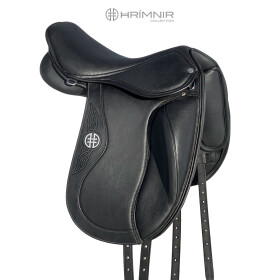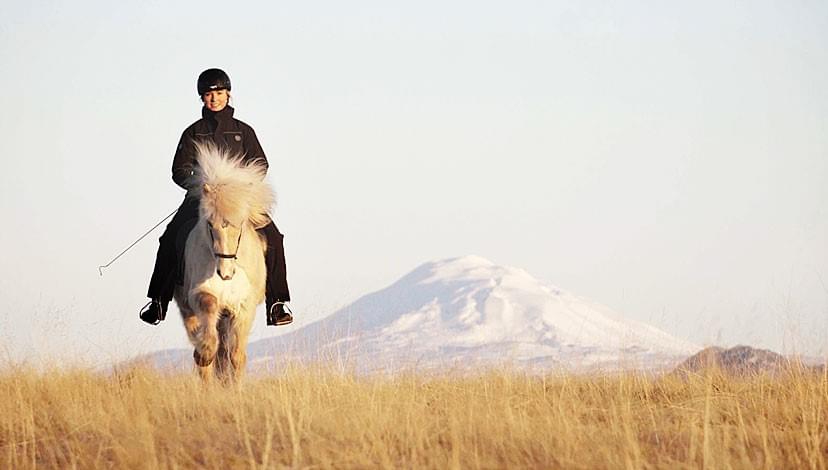XChange® gullet plate system

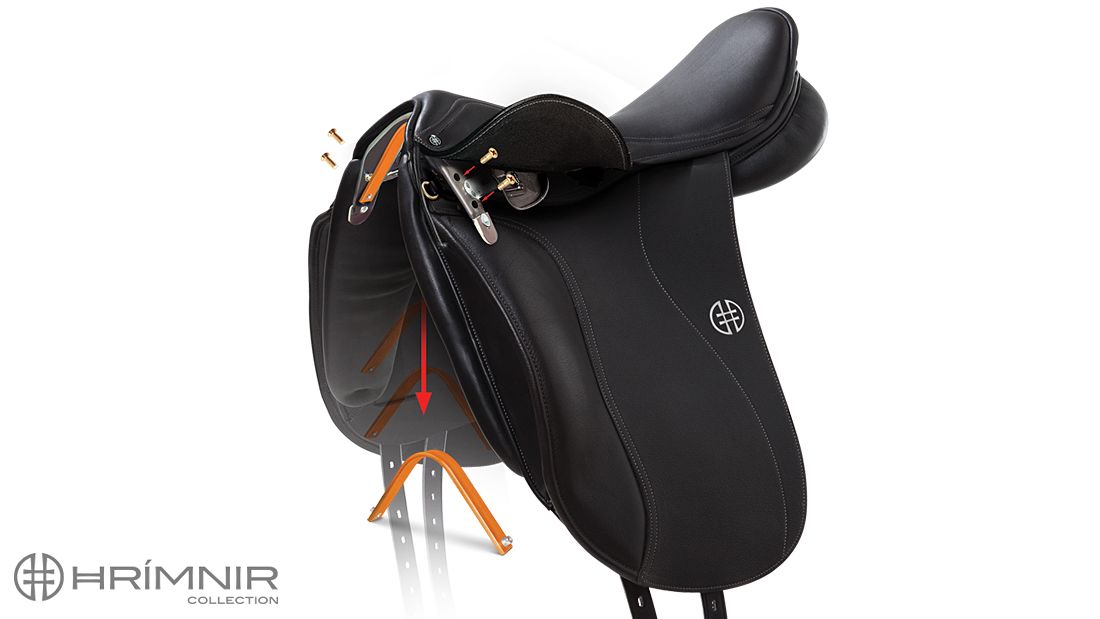
This revolutionary system allows the tree width to be modified to the withers and back of any horse, or as the horse grows and changes. By adjusting the Xchange® gullet individually, pressure points in the front part of the horse’s back are avoided and the weight distribution of the saddle is optimized.
Saddles without changeable gullet plate systems can be widened by a saddlemaker (usually not recommended for more than one size), but never narrowed.
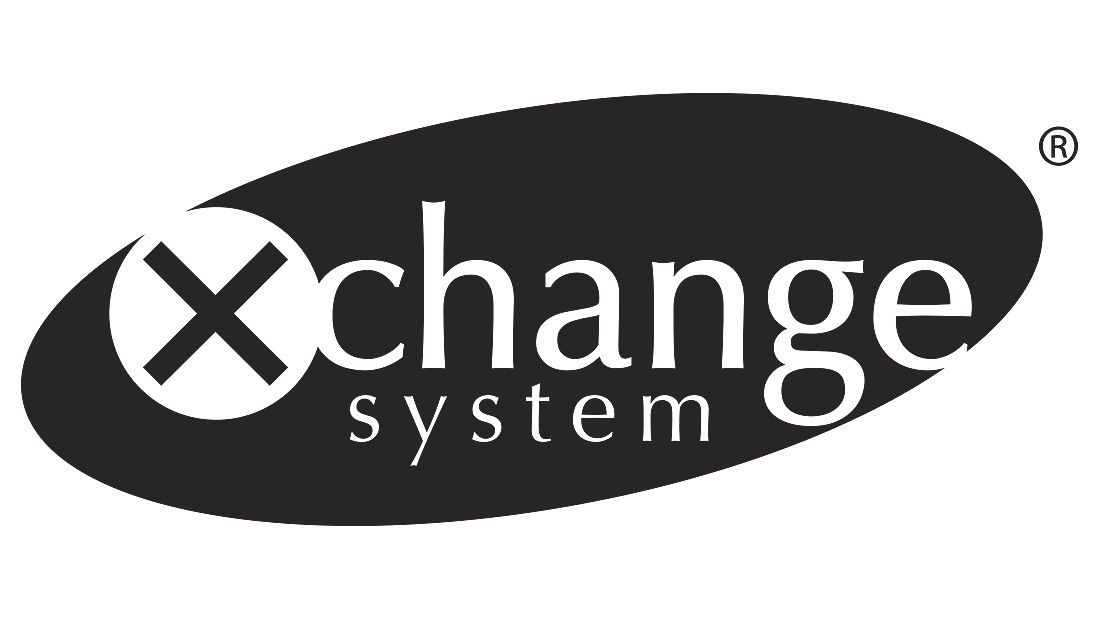
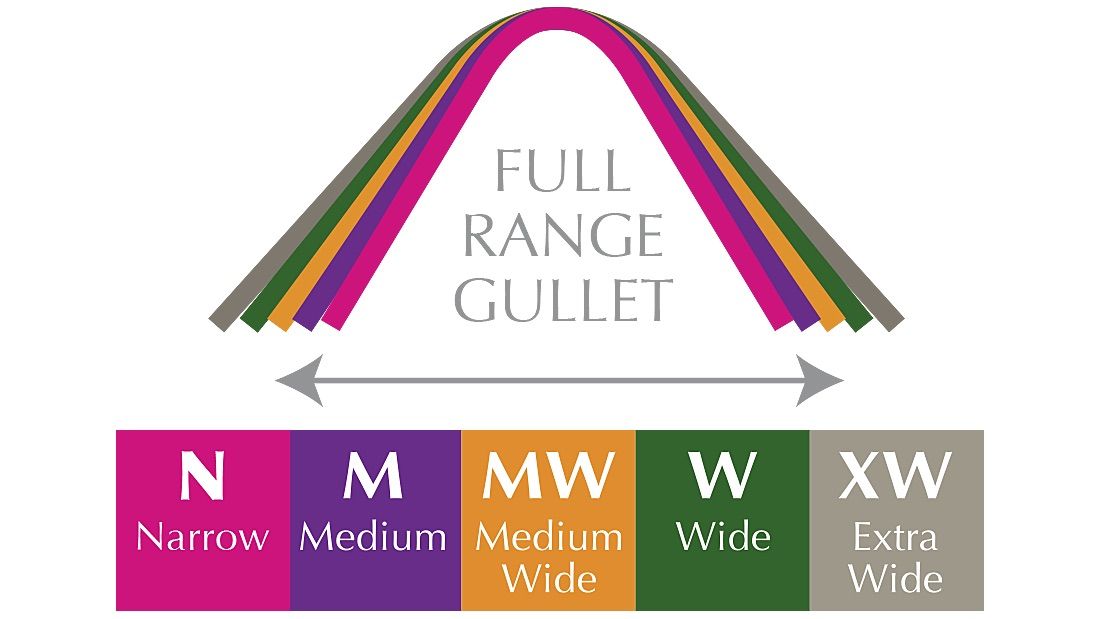
An exchange only takes about 10 minutes and does not affect the strengh or look of the saddle. Top competitors worldwide have found the XChange®-system to be the fastest and easiest system of its kind to use. Four interchangeable, color coded steel gullet plates provide an ample range of widths. Best af all, it only takes a simple screwdriver, 6 steps, and 10 minutes to make the change:
Which size to choose?
Make sure that your horse stands balanced on all feet on a smooth, level floor. When the saddle is positioned correctly on the horse´s back, and the girth is tightened, place your hand sideways (not flat), under the pommel and see if there’s enough clearance over the horse’s withers. If your hand does not fit sideways under the pommel, pressure on the withers will cause pinching and distress to the horse.
Slide your flat hand under the front of the saddle (from the pommel downwards), to feel for pressure points on the trapezius area, which will cause pinching and limit blood circulation.
The front part of the saddle tree and the points must be at a similar angle as the trapezius area upon which they will rest (tolerance of max 10 degrees).
See instructions for exchange.
Measurements:
Narrow (pink) = 76° angle / 27 cm between points (end of saddletree)*
Medium (purple) = 78° angle / 28 cm between points
Medium wide (orange) = 81,5° angle / 29 cm between points
Wide (green) = 86° angle / 30 cm between points
Extra wide (grey) = 91° angle / 31 cm between points
Extra extra wide (white) = 94° angle / 32 cm between points
*please note that measurements between points on saddle trees can vary between every saddlemaker. Two saddles from two different saddlemakers that are measured 30cm between points, do not necessarily have the same tree width (angle).
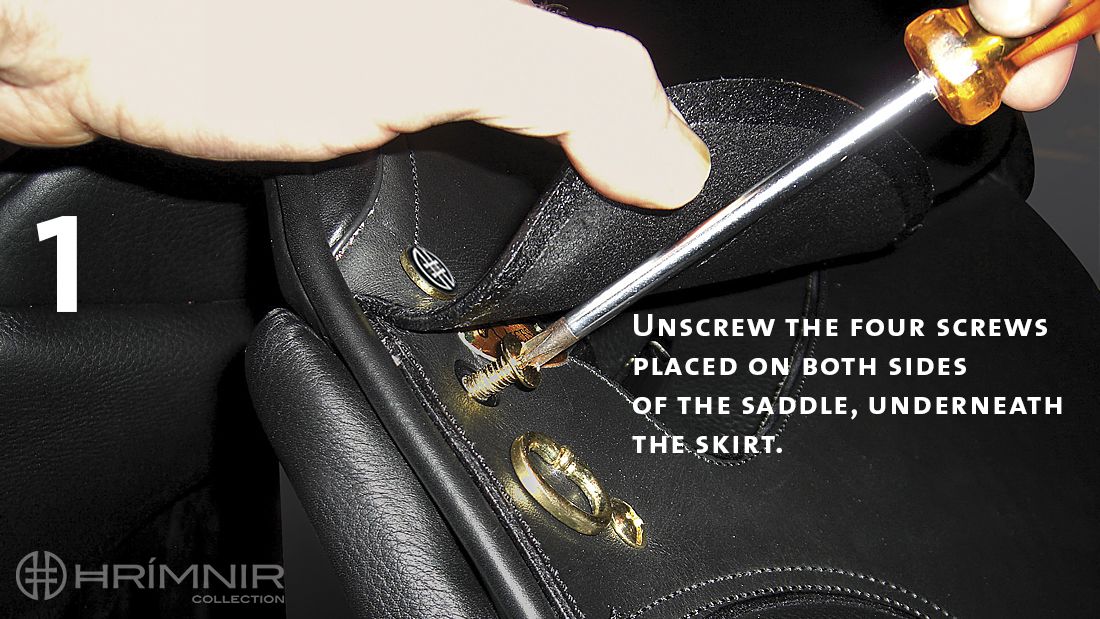
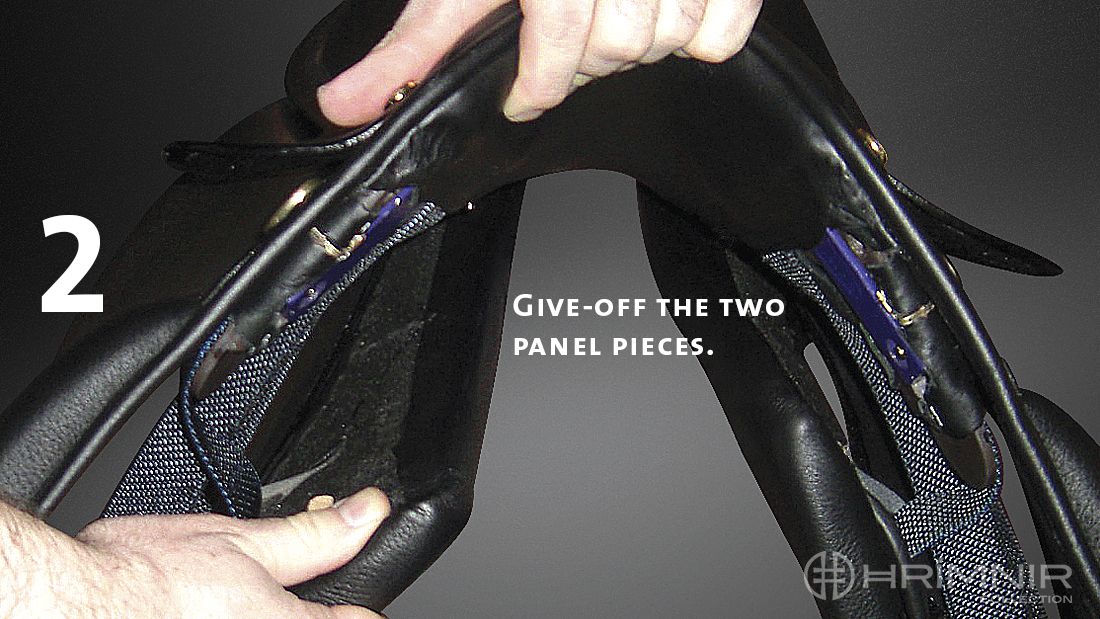
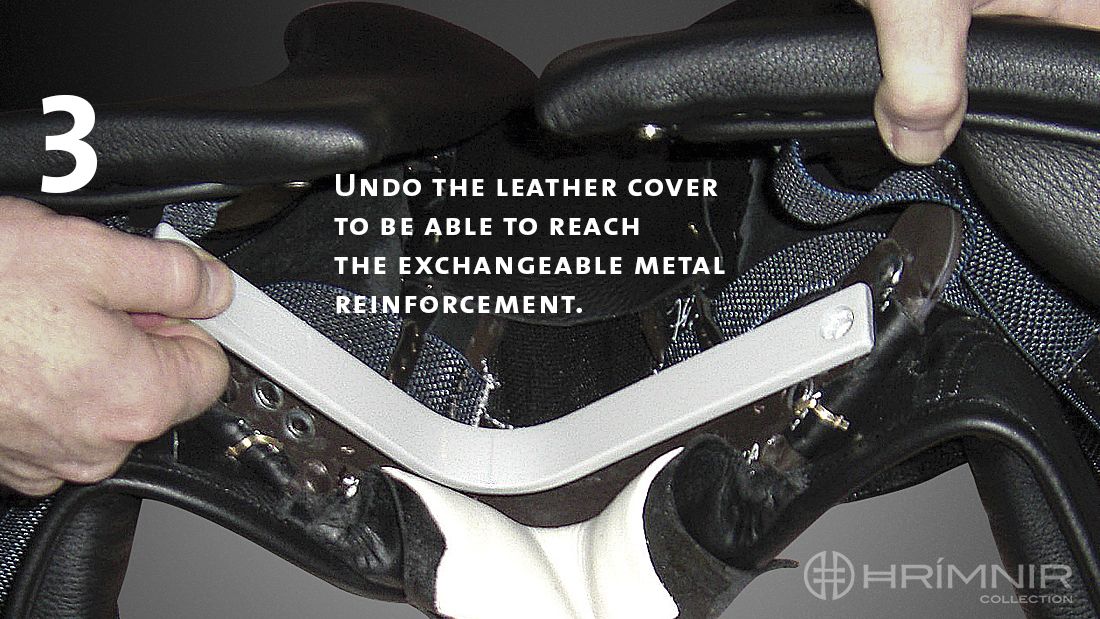
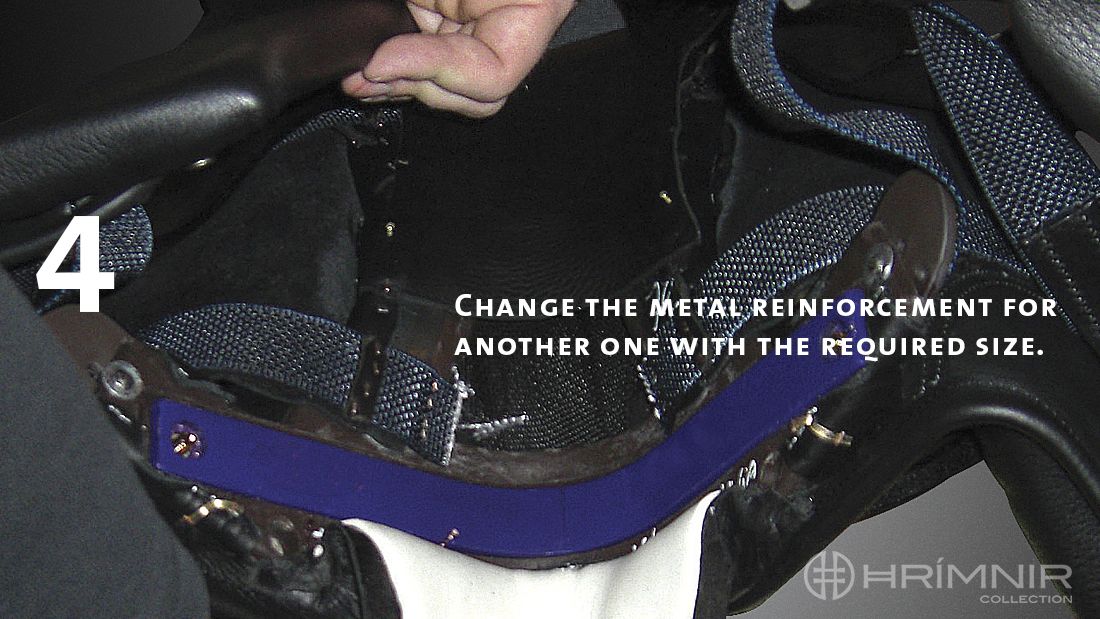
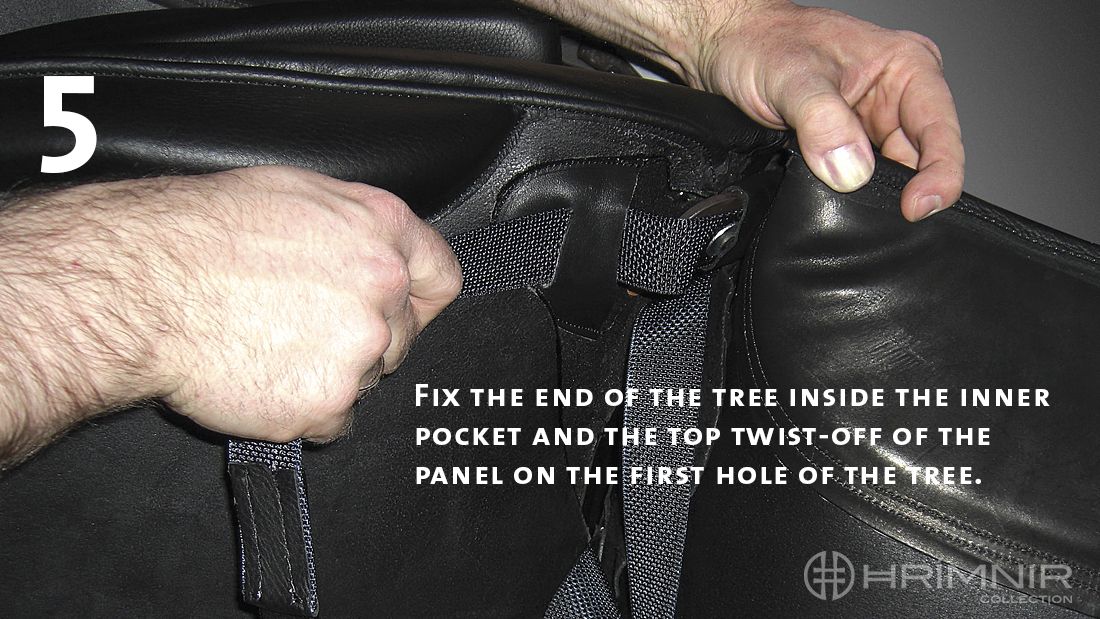
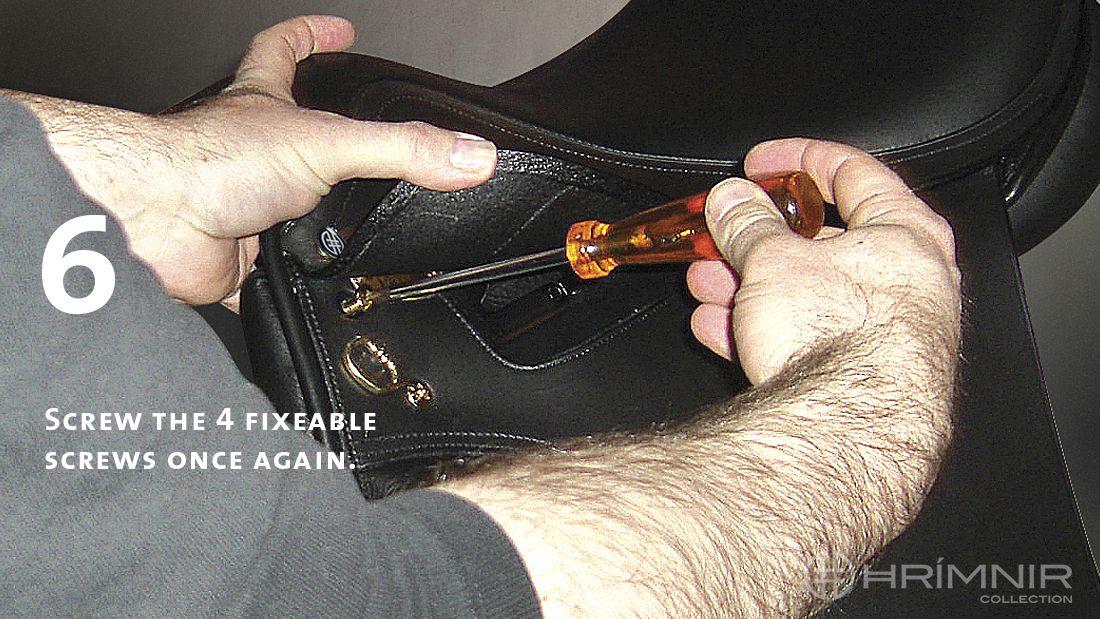
The front of the tree and the points have to be at a similar angle as the trapezius muscle area upon which they will rest (tolerance of maximum 10 degrees).
A too narrow pommel will sit too high, causing too much pressure on either side of the withers, which can lead to sores and bruising. Also, there will be too much pressure on the lumbar muscles. Put into human terms, it feels similar to wearing shoes that are too tight.
A too narrow pommel will sit too high, causing too much pressure on either side of the withers, which can lead to sores and bruising. Also, there will be too much pressure on the lumbar muscles. Put into human terms, it feels similar to wearing shoes that are too tight.The rider will be pushed too far backwards in the saddle and become unbalanced. The saddle will have a tendency to slide forward.A too wide pommel will sit too low, and may have insufficient clearance on either side of the withers, causing soreness and injury to the withers. As the saddle sits too low in the front, the rider will tip forward. This also causes the saddle to slip forward onto the shoulders.
